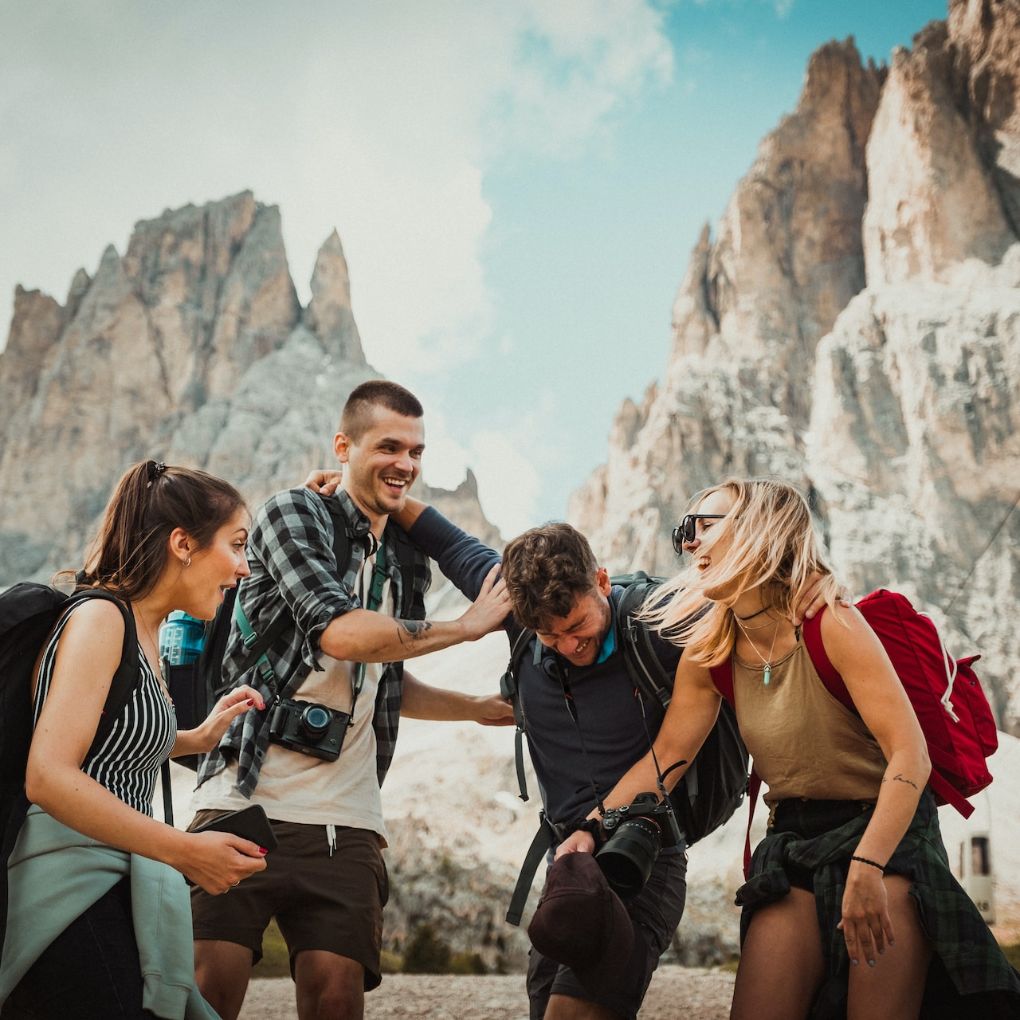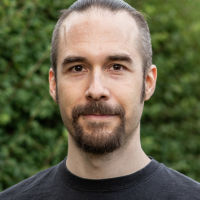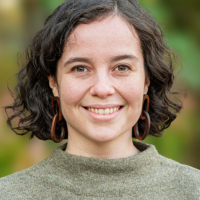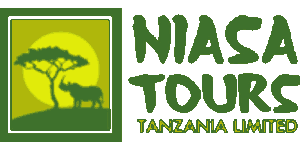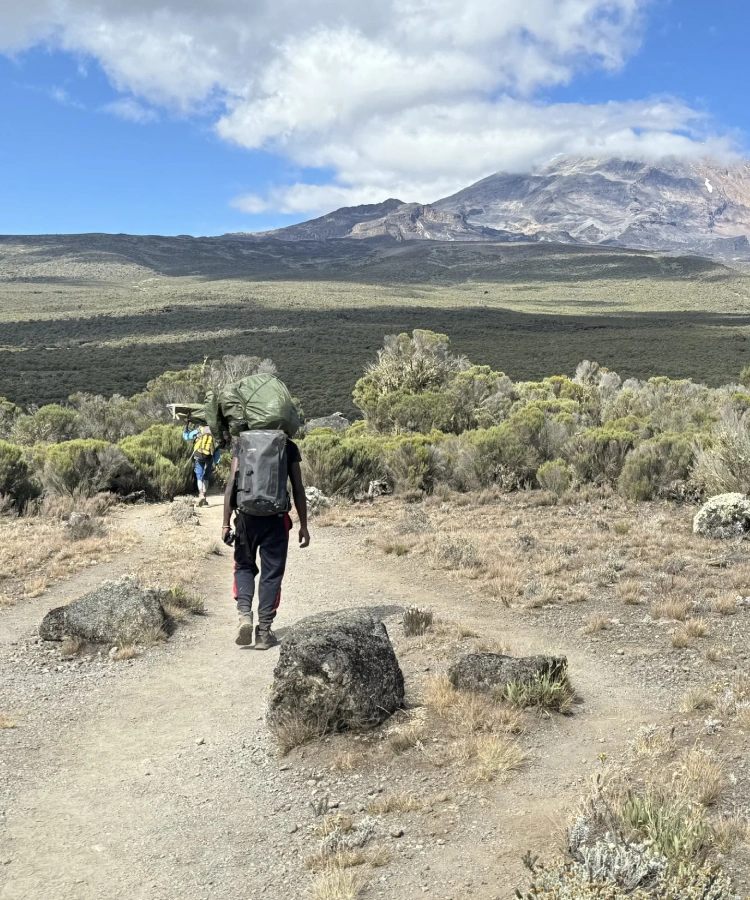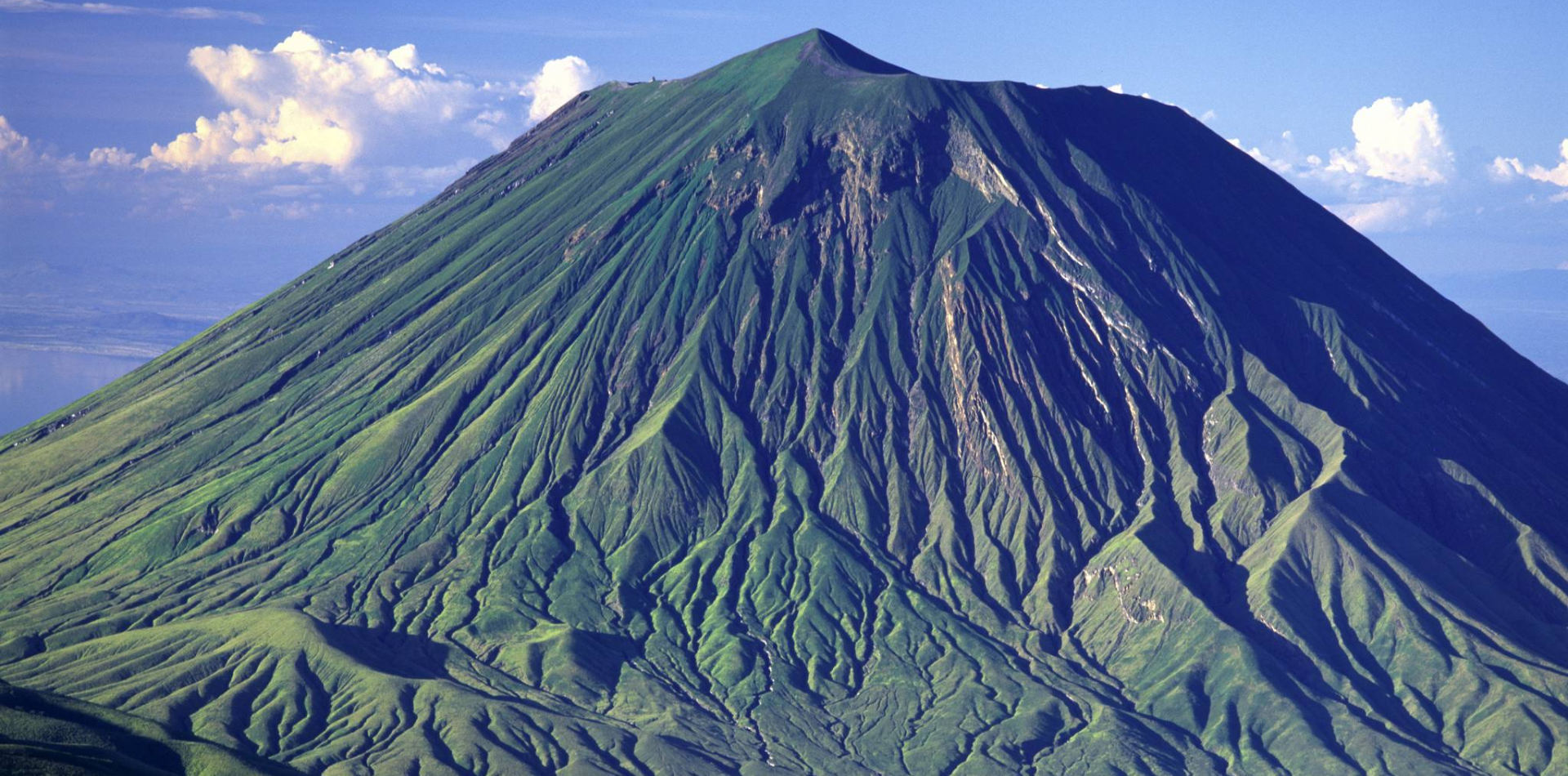
3 Days Mount Ol-Donyo Lengai Climb
About This Safari
Experience the spiritual and adventurous climb of Ol Doinyo Lengai, the “Mountain of God” and only active natrocarbonatite volcano in the world. Rising nearly 2,900 meters, this majestic Tanzanian volcano offers breathtaking views, glowing lava at the summit, and a unique connection to Maasai culture.
On this 3-Days Mount Ol-Donyo Lengai Trek, witness stunning sunrises over the Rift Valley, and explore the nearby flamingo-filled Lake Natron. Enjoy guided walks, warm campfires, and cultural visits to Maasai villages. This unforgettable journey blends nature, adventure, and local traditions for a truly immersive experience.
Tour Highlights
Volcanic Climb
Challenge yourself with a night hike up Ol Doinyo Lengai. Reach the summit at sunrise and witness raw, steaming earth underfoot — truly nature’s masterpiece.
Maasai Culture
Connect with the proud Maasai people. Visit their villages, share stories, and experience a way of life deeply rooted in tradition, resilience, and harmony with nature.
Lava Views
Stand above a living, breathing volcano. Watch molten lava glow in the dark, an otherworldly experience that stirs awe, adrenaline, and unforgettable wonder within you.
Spiritual Experience
Ol Doinyo Lengai is sacred to the Maasai. Feel the energy, silence, and power of this holy mountain — a spiritual connection that goes beyond words.
Tour Details
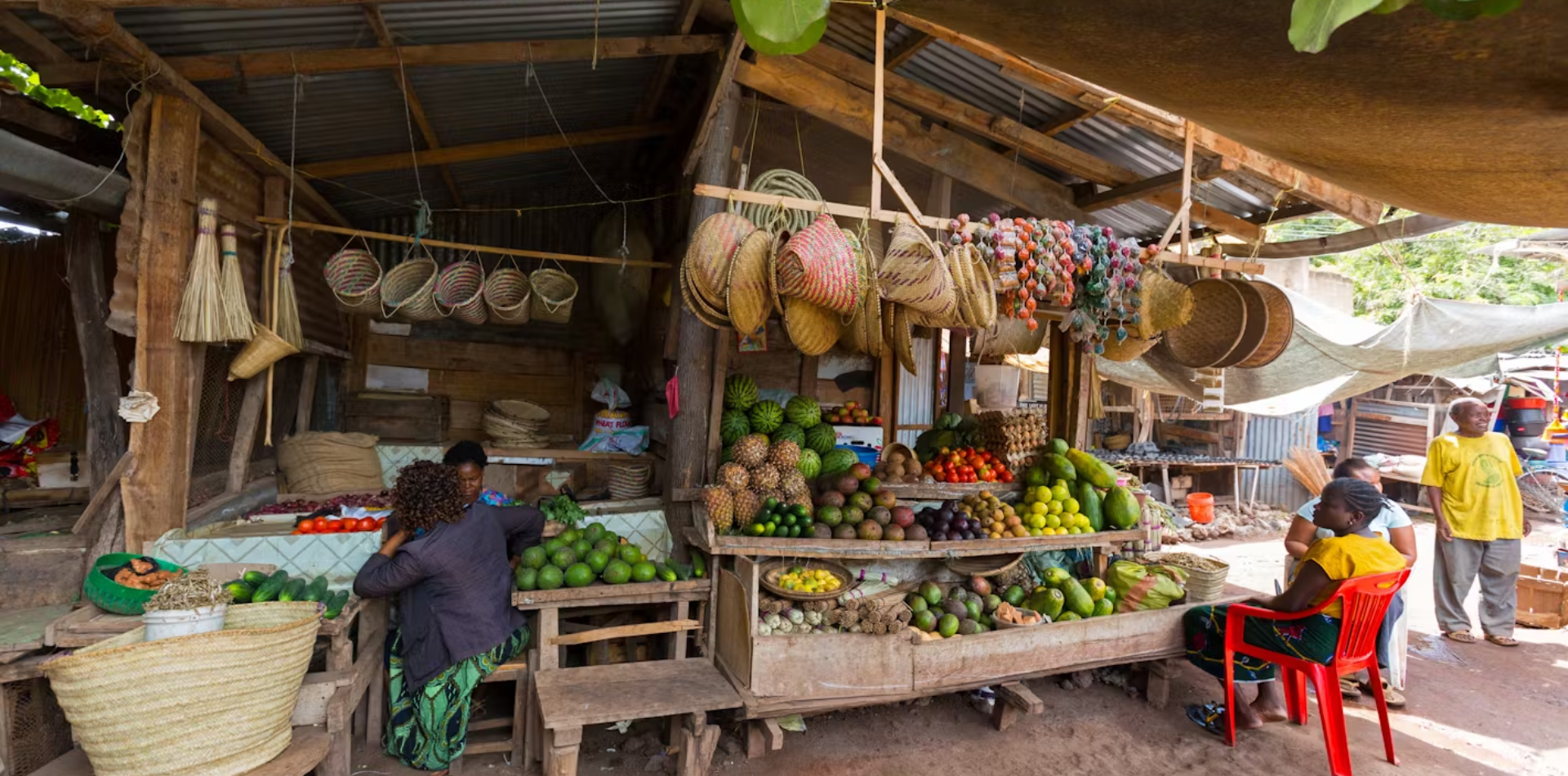
Drive to Mto Wa Mbu and enter the Great Rift Valley, passing via Engaruka basin and into a semi-desert area hot wild and dusty with extinct volcanoes, Kitumbaine and Gelai off to the right and the Mountain of God “Oldoinyo Lengai” always in front.
Around midday we arrive at Camp on the banks of the Engaresero river, in the afternoon take a trek to the waterfalls hidden in the Western wall of the rift valley.
You will have a short rest at Kamakia camp while waiting for your dinner. Thereafter you will have a nap before been transferred in the mid night by your driver guide to start the climb of Oldoinyo Lengai (approximately 4 hours climb). When you will arrive the peak, you should able to see the lava glowing.
Meal(s) plan: Breakfast, Lunch and Dinner
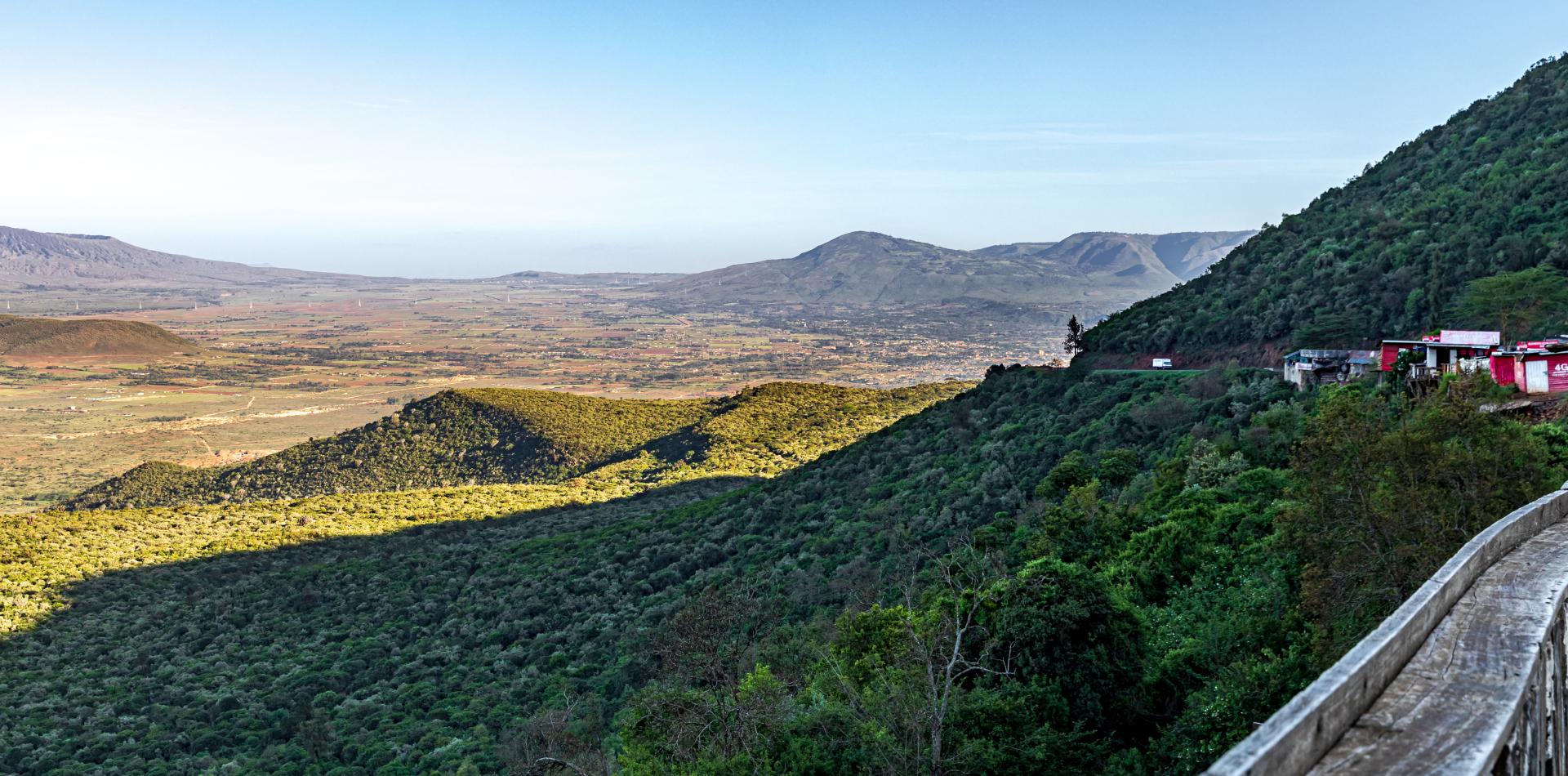
Enjoy the sunrise and the views up the Rift Valley as far as Kenya and therefore descent and drive to the camp for shower, and late breakfast follows with a total rest. You will have some small walking in the evening on your wish and thereafter retire to Kamakia campsite for dinner and overnight.
Meal(s) plan: Breakfast, Lunch and Dinner
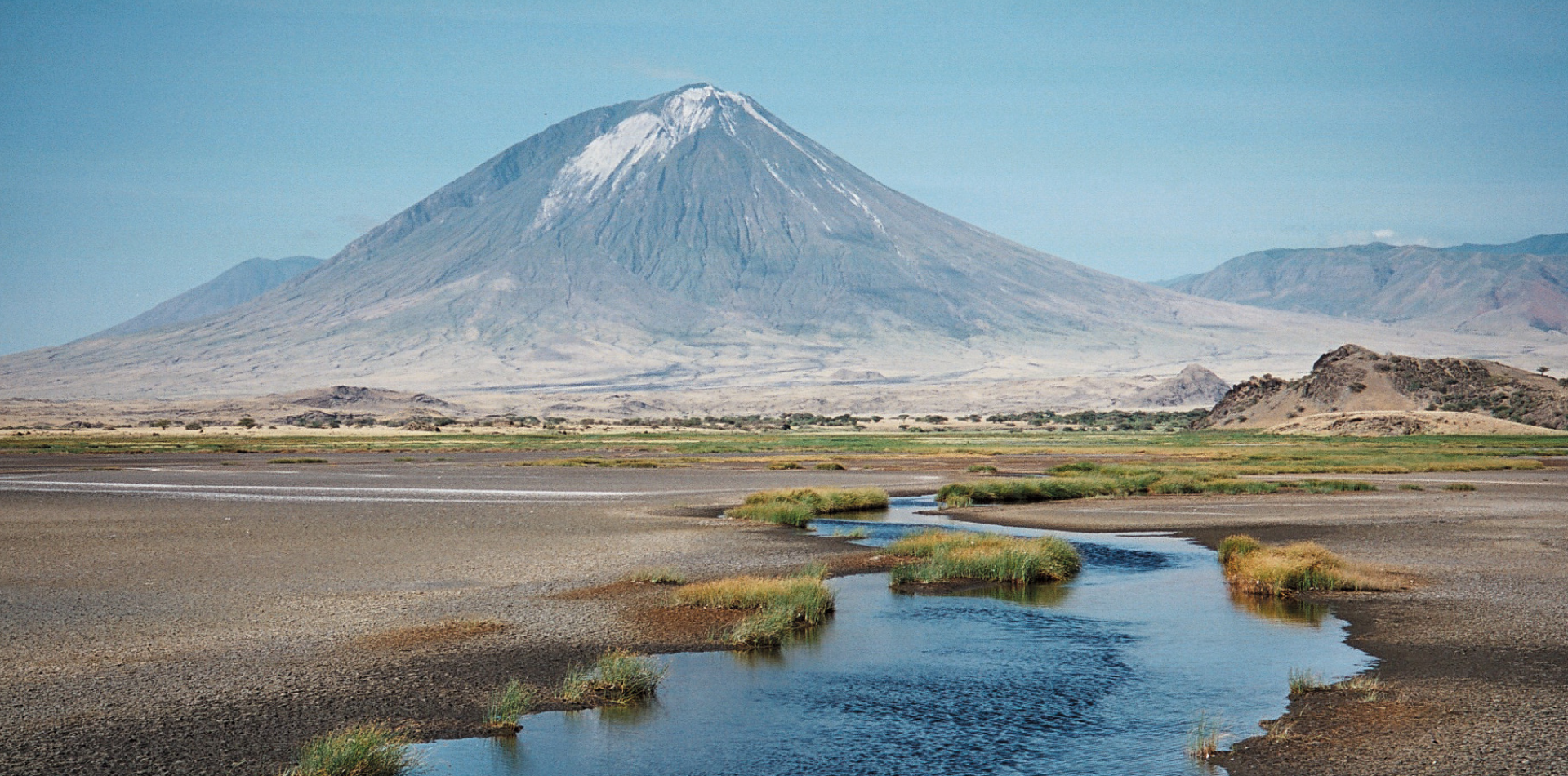
In the morning after breakfast you will have a walking around the Lake Natron with your local guide. Lake Natron one of the major flamingo breeding site in East Africa – en-route visit a Maasai “Boma” village. You will have time to interact with Maasai people and learn their culture and day to day activities.
After having the cultural tour you will be back to the campsite for hot lunch and preparation to drive back to Arusha or Moshi for dinner and overnight at the designated hotel or lodge. Depending with the itinerary you might be transferred to Kilimanjaro International Airport for your flight back home.
Meal(s) plan: Breakfast and Lunch
Inclusions & Exclusions
- Transport in an open safari vehicle.
- All park entrances and fees.
- Camping accommodation in a Full board basis.
- Fee for the Maasai guide and the driver guide.
- A complimentary litre of pure drinking water per person per day.
- Airport transfers.
- Guides, Porters, Cook & Waiters tips.
- Meals and drinks not specified.
- Gear for your climb.
- Items of personal nature.
Tour Map
Tour Gallery
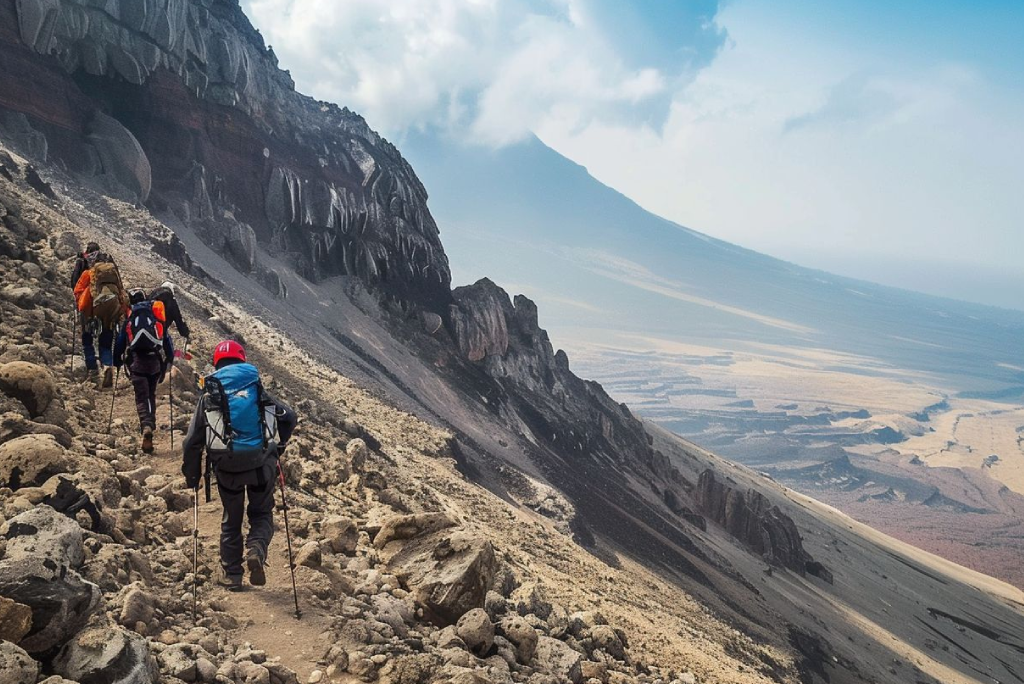
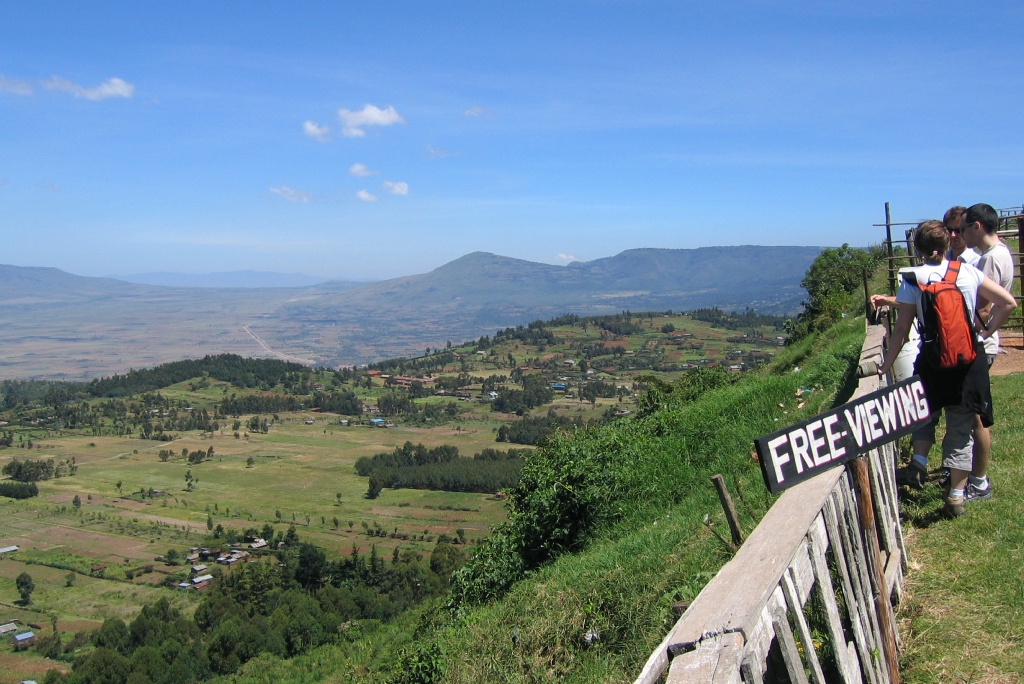
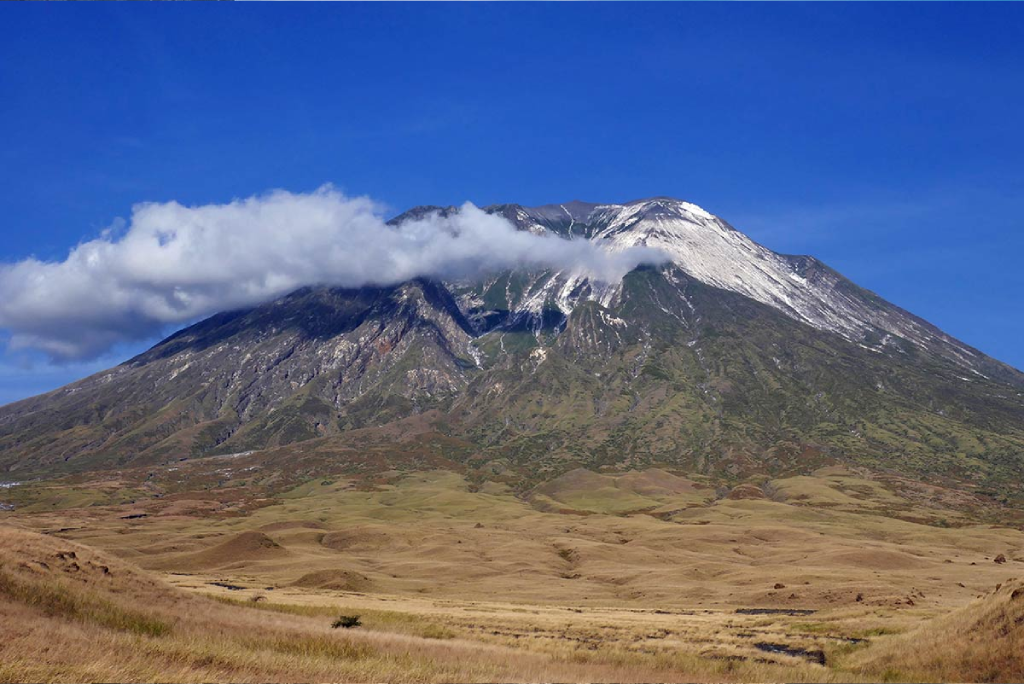
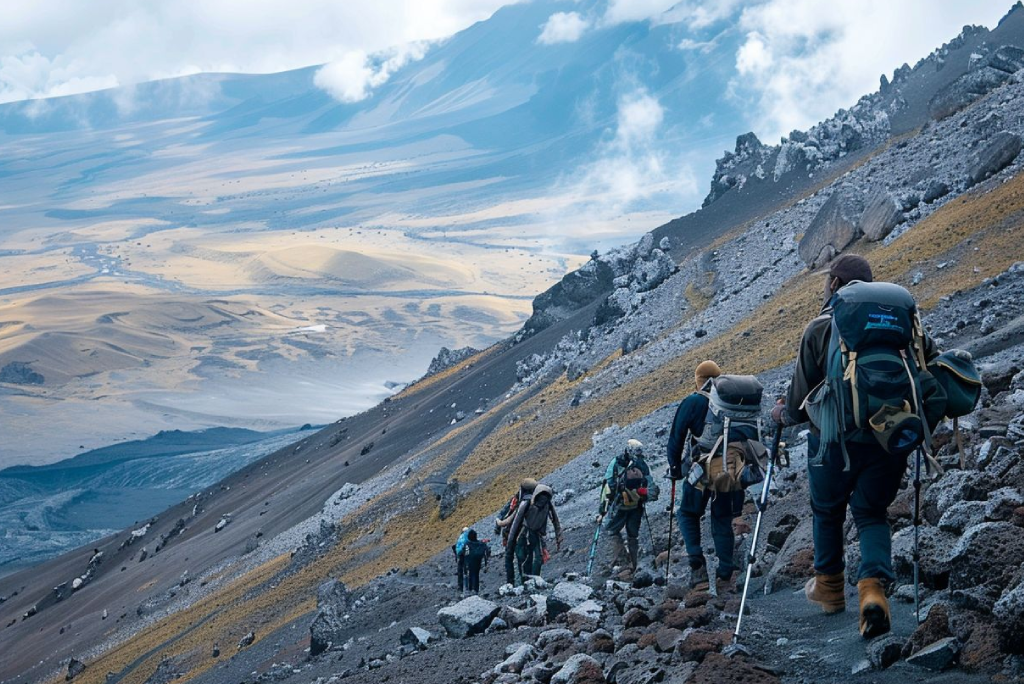
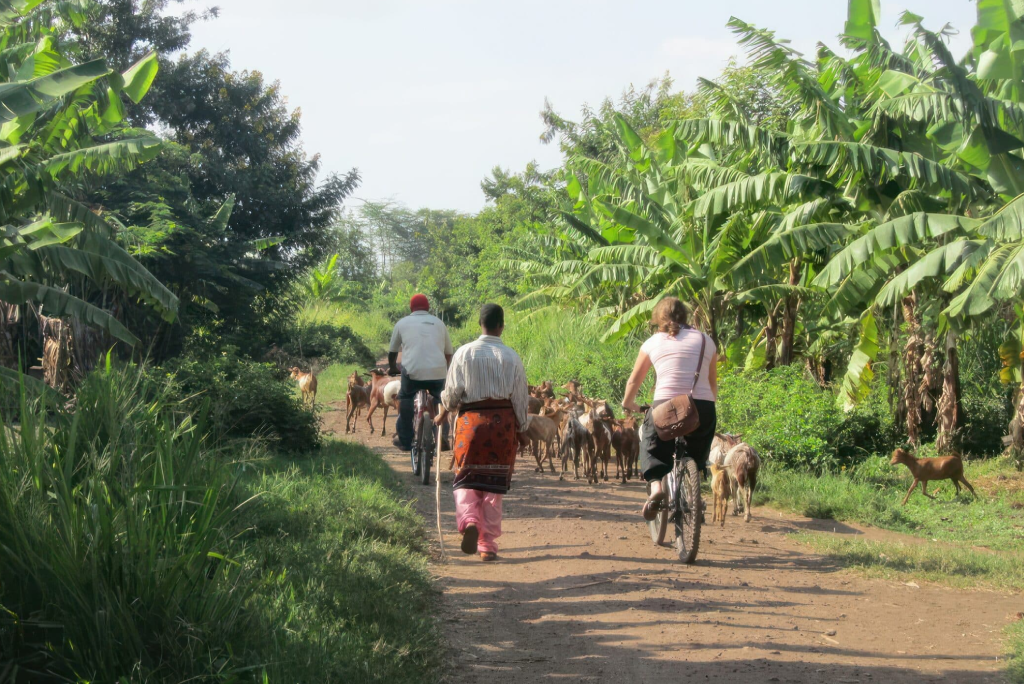
We make it easier for everyone to experience the world
Ready to explore Tanzania’s natural wonders? We’re here to help! Whether you’re planning a once-in-a-lifetime safari or a peaceful nature escape, our team makes travel easy and personal. Reach out today—let’s turn your dream of exploring Tanzania and beyond into reality. We make it easier for everyone to experience the world, one journey at a time. Contact us today!
Need I help? Talk to an Expert
+255767493713 +255690129757
Mountain Climbing FAQs
Discover essential information for climbing Tanzania’s iconic peaks—Mount Kilimanjaro, Mount Ol-Donyo Lengai, and Mount Meru. Learn about the best seasons, difficulty levels, required permits, gear recommendations, and safety tips. Whether you’re a first-time climber or experienced mountaineer, these FAQs provide guidance to help you prepare, stay safe, and make your mountain adventure unforgettable.
Climbing Kilimanjaro is challenging but achievable for fit individuals. It doesn't require technical skills, but altitude and endurance are key factors. Choosing a longer route improves acclimatization and success. Mental preparation, physical fitness, and proper gear make a big difference in your summit experience.
The best times are during dry seasons—January to March and June to October. These months offer clear skies, better trail conditions, and higher success rates. Avoid the rainy seasons for safety and comfort. Early booking is also advised due to route popularity.
Yes, Mount Meru is ideal for acclimatization before Kilimanjaro. It reaches 4,566 meters and offers great altitude training. The trek includes wildlife encounters and scenic ridges, preparing your body for Kilimanjaro’s higher elevation and reducing chances of altitude sickness significantly.
Yes, guided climbs are mandatory for both Kilimanjaro and Mount Meru. Guides ensure your safety, manage logistics, and provide expert support. Their local knowledge enhances your journey. On Mount Meru, park rangers accompany all trekkers due to wildlife presence in the area.
Ol Doinyo Lengai is the only active natrocarbonatite volcano in the world, revered by the Maasai as the “Mountain of God.” The steep climb is rewarded with unique lava flows, spiritual significance, and sunrise views over Lake Natron and the Great Rift Valley.
Altitude sickness can affect anyone above 2,500 meters. Symptoms include headache, nausea, and fatigue. To reduce risk, climb slowly, stay hydrated, and acclimatize properly. Longer itineraries on Kilimanjaro and a Mount Meru pre-climb significantly boost altitude adaptation and summit success.
You’ll need layered clothing, waterproof outerwear, sturdy hiking boots, sleeping gear (for Kilimanjaro and Meru), headlamp, trekking poles, and hydration packs. For Ol Doinyo Lengai, include lightweight but grippy footwear and breathable clothing due to its steep, dusty volcanic terrain.
What Customers Say About Us
